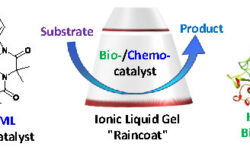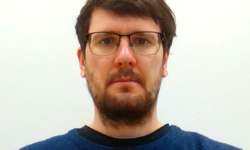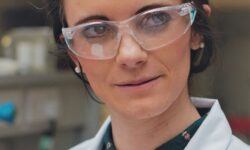Molecular raincoats, Fe-TAML and Enzyme addition
Post-translational mutagenesis – New Discoveries in Protein Damage and Repair
Enzyme-mediated damage repair or mitigation is commonly found in nucleic acids, while is rare in proteins. In human MAPK-ERK signaling cascade, we found that the damages through the elimination of…
Transition metal chalcogenide bifunctional catalysts for chemical recycling via plastic hydrocracking
Diversity in Catalysis
Catalysis is one of the most complex and diverse phenomenon in synthetic science. It can be classified in various ways, although mostly often this is done based on the physical…












